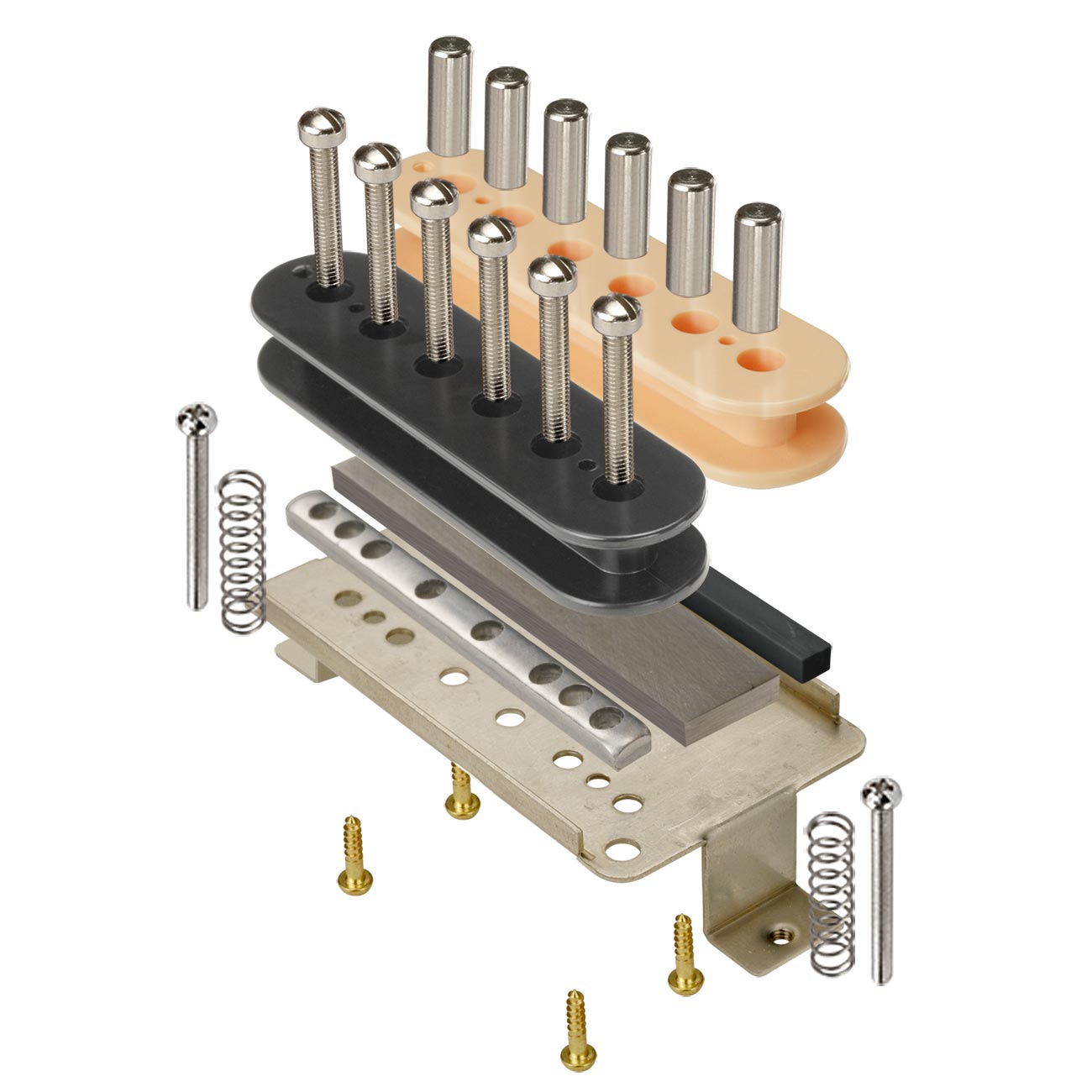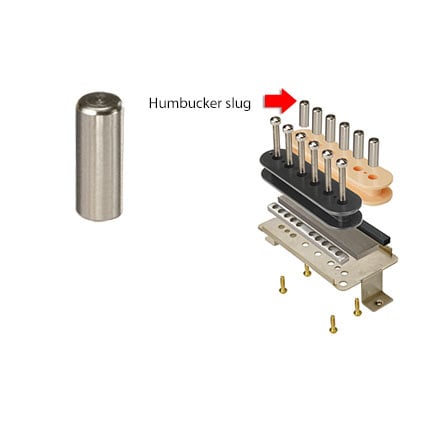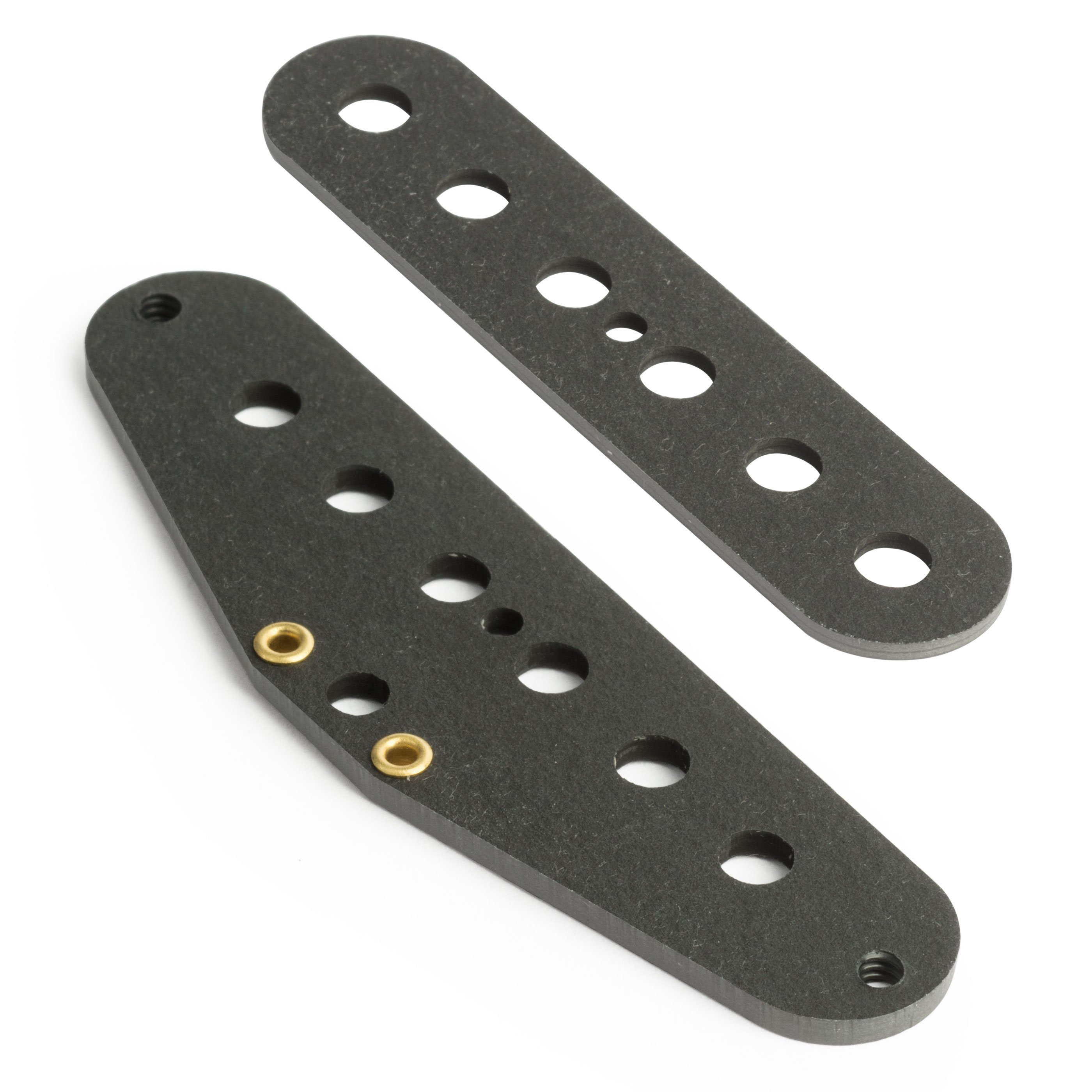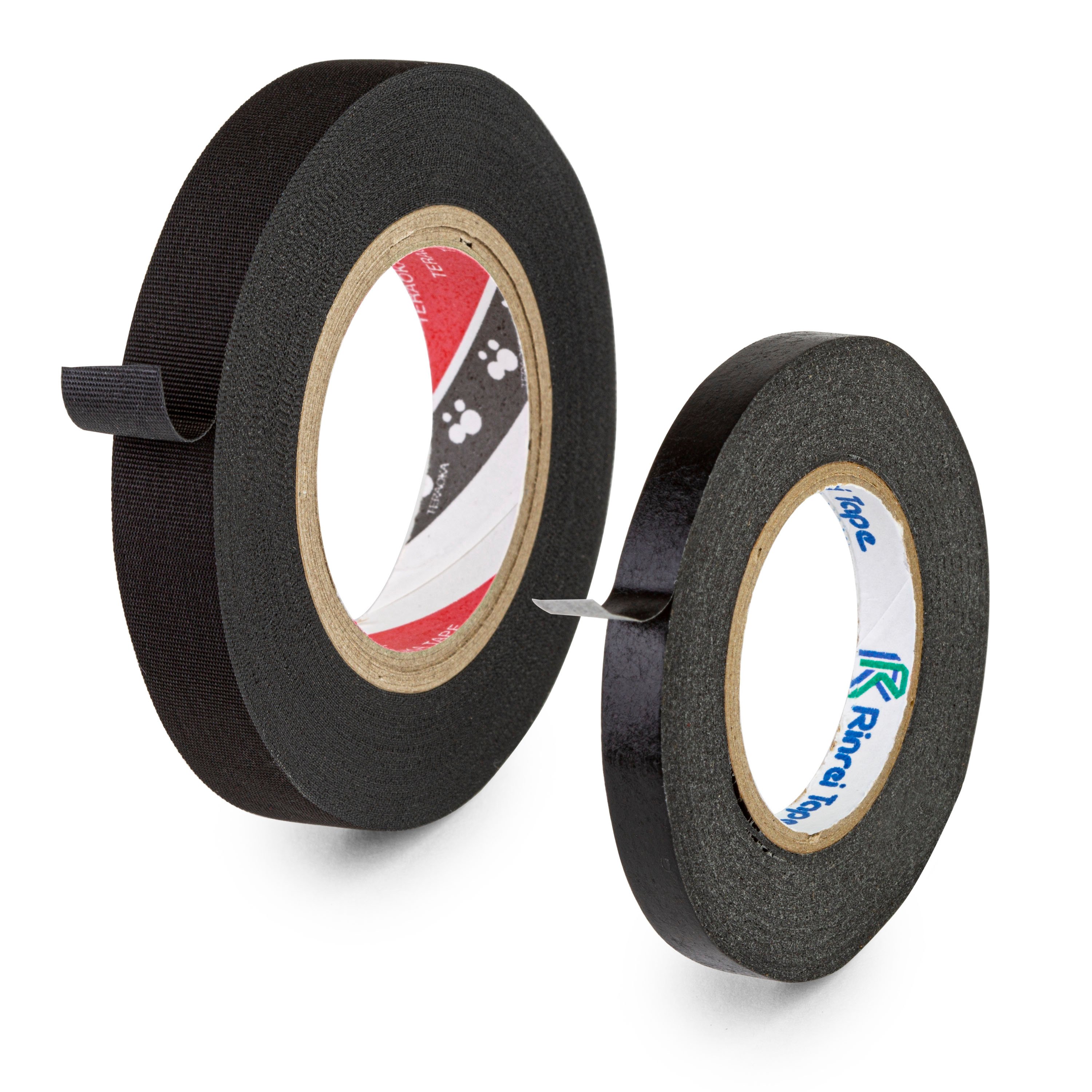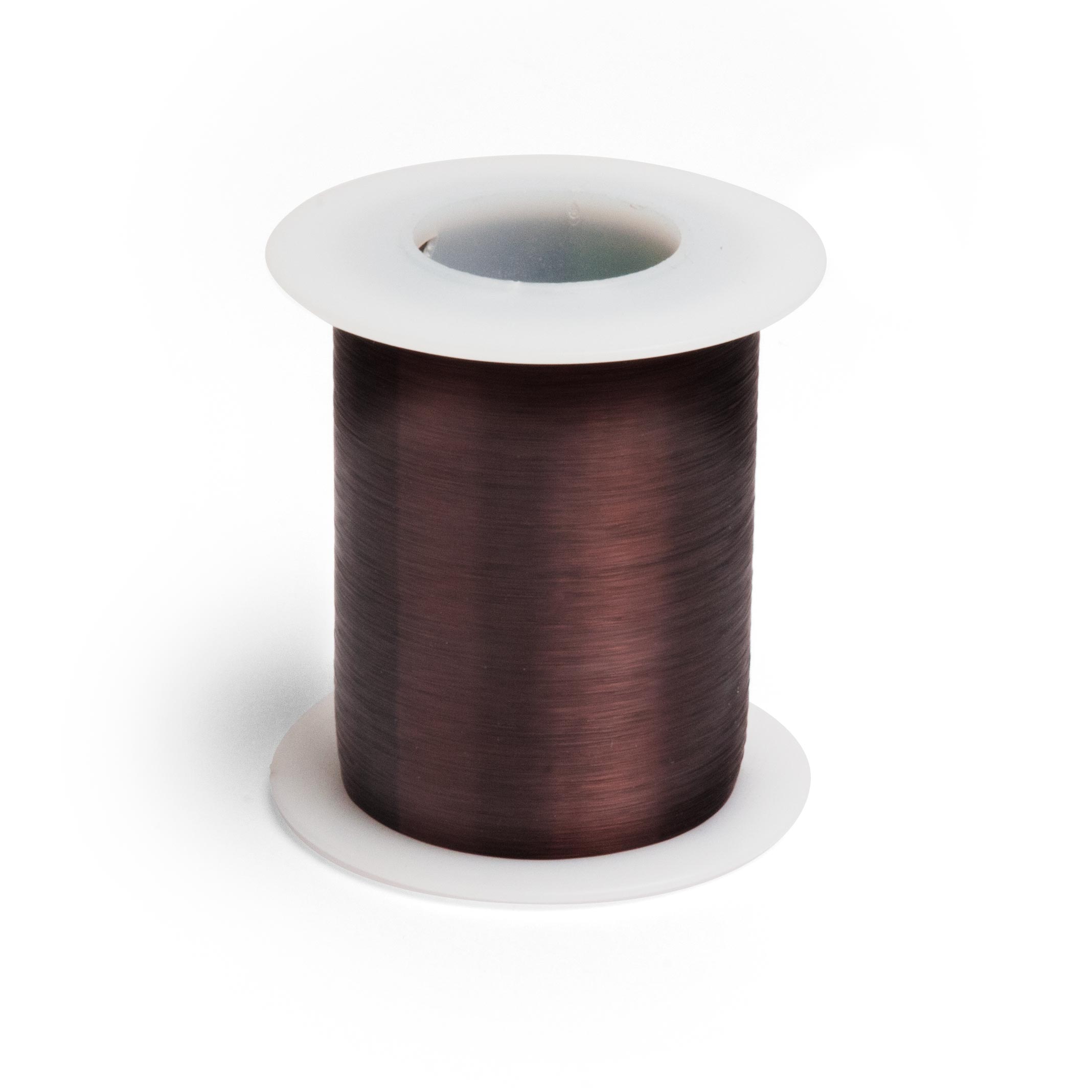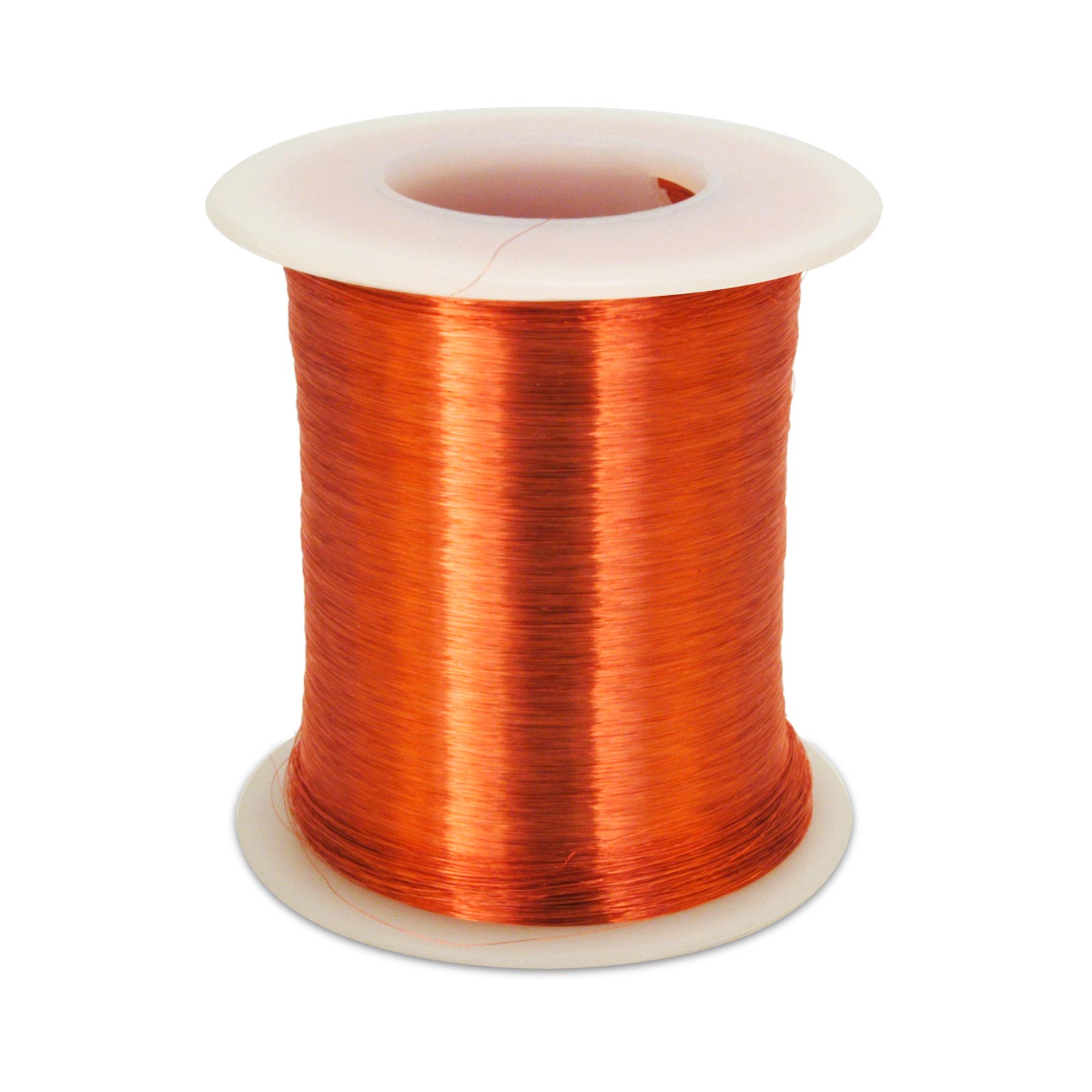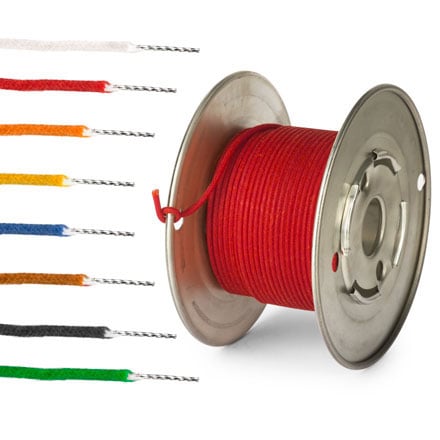Wax potting pickups
Custom pickup builder Lindy Fralin explains the reasoning behind and guidelines to wax potting pickups.
Lindy Fralin operates a custom pickup-winding business in Richmond, Virginia, offering replacements for many of the standard magnetic pickups used by guitar builders (Strat®, Tele®, humbucker, P-90, and Jazz Bass® styles). Besides making stock-output reproduction pickups, Lindy and his small crew provide one of the world's best rewinding/repair services for vintage pickups, and will custom-wind new Fralin pickups to suit your needs.
Lindy was one of the key instructors at the Great Northwoods Seminar in October '95. He writes:
We try to custom-wind pickups to give a customer the sound he's looking for. I understand guitar sounds, and I'm a player. I always loved the Strat neck and middle pickup, but thought the bridge pickup was too thin. That's the reason I got into winding in the first place. Our assembly and winding is done by hand from American-made materials, and it's the hand-winding which gives our pickups the authentic vintage tone. We rewind and repair pickups, along with making our own. What we can't do is change a pickup's string spacing, or reproduce missing parts (we're not that type of manufacturer).
Except for Fender, most vintage pickups were not potted, or at least not well-potted (we "pot" pickups to stop microphonic feedback and to protect them from the elements). Some guitar makers pot by brushing on wax, others wrap the coil with tape. All new Fralin pickups come potted, and we pot rewinds that were originally potted. If we're asked, we will pot Gibson and other pickups as long as we think it won't damage them.
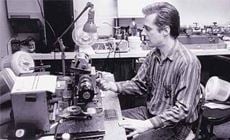
In the photo of Lindy above, note the Tupperware spool holder sitting on the chair behind him. That's how they feed the wire to the machine.
I pot with wax because it's non-toxic, easy to deal with, cheap, and you can undo something if it goes wrong. I don't want to work on epoxy-potted pickups because you can't get to the parts to rewind them, and epoxy only coats the parts—it's too thick to penetrate the coil. Hot wax is thin enough to penetrate completely into the coil, which is what you're after, and it keeps everything from vibrating.
Microphonics is that squealing or knocking sound you hear when you tap on a pickup. A good example of microphonics at its worst would be the Fender Telecaster bridge pickup—not only do you have a coil of wire and magnets, but you have a steel plate under it and a steel bridge around it. Fender used to mount the steel plate after the pickup had been potted, and that's why the Tele is so notoriously microphonic—the steel plate vibrates. For that reason, I pot my Tele bridge pickups after the plate is mounted.
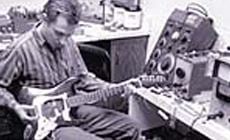
On my Teles, I also pot the bridge itself! I melt a few drops of hot wax (you could use a candle) onto the bottom of the bridge in the area where it surrounds the pickup, spread the wax thin with a hot soldering iron, and press it to the guitar body while it's still warm. You can't see it once the bridge is remounted, and the thin layer of wax acts as a shock absorber between the bridge and the body.
Fender potted most of their pickups in wax, but they also did a number of them in lacquer. Lacquer is okay, but it doesn't penetrate as well as the hot wax does, and it's harder to repair a pickup that's been lacquered because you can't peel them for repair ("peeling" is unwinding the layers of copper wire to find a break in the coil or a spot which is rusted or corroded. Rusted steel, corroded copper, or a combination of both, are the most common causes of dead pickups, or pickups which die a slow death.) Wax-potted coils unwind nicely, unlike lacquer-potted coils which might as well be glued together.
You can recognize lacquer by its thin, shiny, wet-looking coat, compared to wax which is thicker and more dull-looking. Fender used wax more often than not, but sometimes they only dipped the pickups—whereas I soak mine. Today, most of the modern pickup makers like Seymour Duncan, Van Zandt, myself and others, use wax for potting.
We only charge $10 plus shipping to pot pickups, so of course it's easier for most people to just send them to us rather than doing it themselves. You can pot your own pickups for a minimum investment, however—I tell customers how to do it all the time—but you have to follow certain safety precautions, and probably only the really serious professional shops will set up to do it.
Mix canning paraffin and 20% beeswax by heating them in a pot. Paraffin expands and contracts with temperature changes, and the beeswax nullifies most of that. The heating is the dangerous part—never try heating your wax on the kitchen stove or in a microwave oven because hot paraffin, and especially paraffin vapors, can ignite.
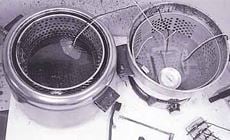
Our wax pots are the mid-sized, heavy-duty deep fryers used in some home kitchens and small restaurants thirty years ago. We leave them at 150°F all day long, and pickups can sit in there for an hour or more without problems (ten or fifteen minutes is our normal potting time). At 150° you won't harm a pickup, but use a kitchen meat thermometer to check the temperature. An electric glue pot can make a great single-pickup wax-pot for a small shop; it's UL-approved, and is designed to run all day.
Experiment with potting by heating the wax outdoors, or maybe in the garage. Once you find the 150° setting, and know what you're doing, then use it in your shop. Provide adequate ventilation, too—we pot under an exhaust hood which vents to the outdoors.
Wax pickup potting guidelines
The wax-pot's metal walls may be hotter than the wax itself, so don't touch the pickup to the walls of the pot; instead, use some sort of hanger to suspend the pickup in the wax. Paul Reed Smith uses a layer of marbles in the bottom of the pot.
If the wax is smoking, it's too hot (but you should be checking the temperature with a meat thermometer anyhow—150° or less). "Cook" a pickup until all the air bubbles have stopped coming out, usually in 10 to 20 minutes.
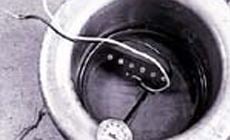
Wax is messy, very flammable, and it'll burn you, too. So for safety's sake, stay with the wax-pot and be sensible. It splashes too, so wear safety glasses! Don't remove the tape from Gibson-style pickups. The heat may cause the tape to unwrap, so stretch rubber bands around the pickup to hold the tape in place, and only remove them after the pickup has cooled.
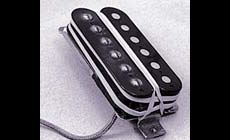
Remove the excess wax with a paper towel as soon as the pickups are cool enough to touch.
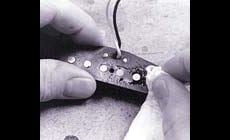
To contact Lindy:
Lindy Fralin Pickups
3415 Floyd Ave
Richmond, VA 23221
fralinpickups.com
